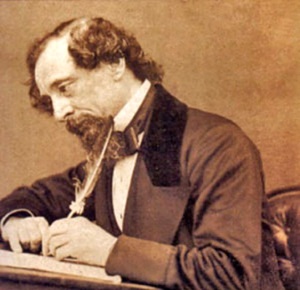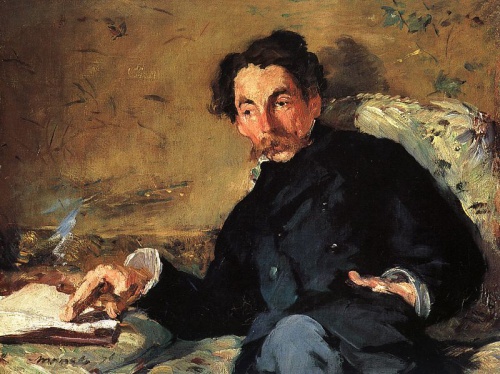
Louisa May Alcott effectively depicted collective musical performances to affirm community in Little women; but more significantly, she used music to represent the feminine sphere as she and the culture of her time defined it.
Each sister’s acceptance of or entry into that domain is depicted through scenes of musical performance: “No one but Beth could get much music out of the old piano; but she had a way of softly touching the yellow keys and making a pleasant accompaniment to the simple songs they sang. Meg had a voice like a flute, and she and her mother led the little choir. Amy chirped like a cricket, and Jo wandered through the airs at her own sweet will, always coming out at the wrong place with a croak or a quaver that spoilt the most pensive tune.”
Laurie, the rich boy next door, who is a talented pianist, must take the opposite path on his journey; his attainment of manhood is symbolically represented through the silencing of his musical voice.
In these and more ways, the musical leitmotif in Little Women tells us much about gender roles in American culture and about the limited choices facing both nineteenth-century American women and nineteenth-century American men.
This according to “Music as leitmotif in Louisa May Alcott’s Little women” by Colleen Reardon (Children’s literature XXIV [1996] 74-85; RILM Abstracts of Music Literature 1996-26449).
Today is Alcott’s 190th birthday! Below, Beth’s Christmas scene from the 1994 film.









